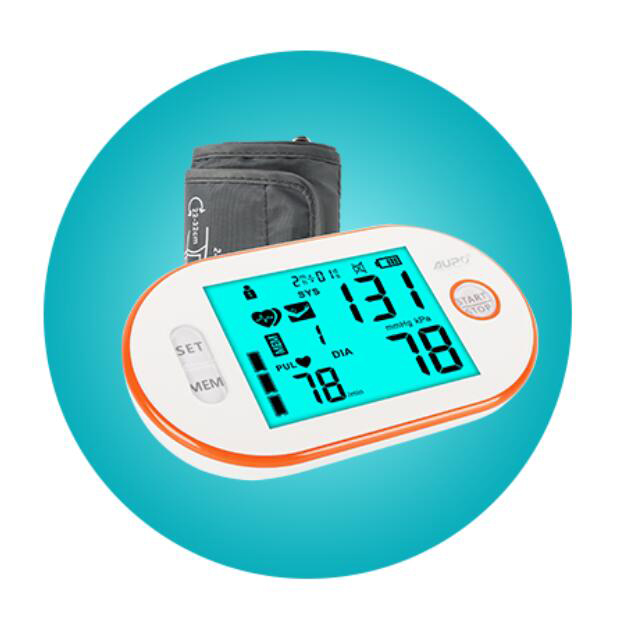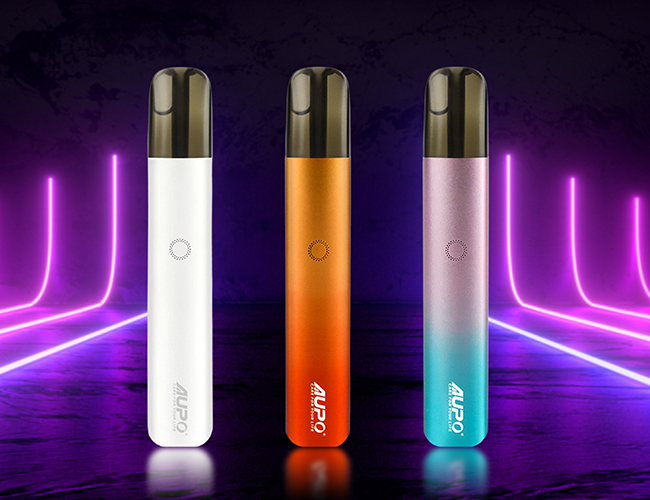The Forbes Health editorial team is independent and objective. To help support our reporting work, and to continue our ability to provide this content for free to our readers, we receive compensation from the companies that advertise on the Forbes Health site. This compensation comes from two main sources. First, we provide paid placements to advertisers to present their offers. The compensation we receive for those placements affects how and where advertisers’ offers appear on the site. This site does not include all companies or products available within the market. Second, we also include links to advertisers’ offers in some of our articles; these “affiliate links” may generate income for our site when you click on them.
The compensation we receive from advertisers does not influence the recommendations or advice our editorial team provides in our articles or otherwise impact any of the editorial content on Forbes Health. While we work hard to provide accurate and up-to-date information that we think you will find relevant, Forbes Health does not and cannot guarantee that any information provided is complete and makes no representations or warranties in connection thereto, nor to the accuracy or applicability thereof. Disposable Vape

Caire is an oxygen supply company that manufactures portable and stationary oxygen concentrators, including U.S. Food and Drug Administration (FDA) and Federal Aviation Administration (FAA) approved devices for a variety of oxygen therapies.
Caire Inc. is a global oxygen supply equipment manufacturer and has been in the industry for over 50 years. Caire makes a variety of oxygen therapy devices, from portable oxygen concentrators to commercial solutions used by caregivers, hospitals and the military. The company partners with brands, such as AirSep, Caire, Helios and SeQual, to provide oxygen devices.
Oxygen concentrators are medical devices used to supplement a person’s oxygen supply. Caire makes oxygen concentrators using either pulse flow or continuous flow technology. The company’s pulse flow technology delivers a “bolus” (breath) or oxygen to the user when needed, and uses the pressure of each breath through the nasal cannula (the part of the device that goes in your nostril) to detect when this bolus is needed. Continuous flow devices deliver a constant and steady flow of oxygen. Most Caire devices offer either continuous or pulse flow. Only one Caire device, the Eclipse 5, offers both pulse and continuous flow.
Caire makes both portable and stationary oxygen concentrators. A portable oxygen concentrator is a lightweight option that can be carried or pulled by cart, making it a viable device for travel. In some cases, they’re also wearable and include a shoulder strap or a backpack.
Stationary oxygen concentrators are at-home devices meant to deliver a continuous flow of oxygen. While the devices are stationary and not meant for travel, users can attach oxygen tubing to give the user more freedom of movement in their home.
Each type of oxygen concentrator has their own benefits. Caire’s portable oxygen concentrators are FAA approved for air travel, as well as travel via cars, trains and cruise ships. All Caire oxygen concentrators (stationary and portable) require a prescription from a doctor.
Freestyle Comfort: This Caire portable oxygen concentrator can be worn as a backpack or shoulder bag. It offers five different settings and up to 1050 milliliters of oxygen per minute for a flexible flow rate. The product weighs five pounds and features a curved silhouette to reduce excess bouncing and swinging during travel. The device uses pulse flow technology and offers an eight-cell battery option, lasting up to four hours on a setting of two, or, for an additional cost, a 16-cell battery option that lasts an average of eight hours. It takes about 3.5 hours to recharge the eight-cell battery and six hours to recharge the 16-cell battery
The Freestyle Comfort functions at a sound level of 39.9 decibels, making it a quiet device, and includes a large font, LCD display and a glow-in-the-dark keypad for ease of use at night.
Eclipse 5: Caire’s other portable oxygen concentrator weighs in at nearly 20 pounds, and can be transported via a rolling cart. It offers pulse or continuous flow, with continuous flow doses ranging from 0.5 to 3 LPM in increments of 0.5. The unit’s pulse flow dosing ranges from 16 to 192 milliliters, with nine setting options. At pulse setting two, the device’s battery lasts an average of five hours and can recharge while in use on a setting of pulse two.
This portable oxygen concentrator is not wearable. Similarly to the Freestyle, this model is quiet, operating at 40 decibels, and is FAA-approved for commercial air travel. Plus, it features a large font, LCD display screen, an adjustable handle and durable wheels.
AirSep NewLife Intensity: This stationary oxygen concentrator offers up to 10 LPM of therapeutic oxygen and is ideal for users requiring higher oxygen flow. The device can also be used to deliver oxygen to two users at a time. This unit weighs 58 pounds and operates at a sound level of 39 decibels.
Caire’s AirSep NewLife Intensity also includes audible alarms to alert users of low oxygen concentration and power failure.
Caire Companion 5: A lightweight stationary oxygen concentrator option, the Companion 5 weighs in at 36 pounds, is compact and operates at a sound level of 50 decibels, which is the loudest decibel level when compared to other Caire devices. The device offers up to 5 LPM, and it features smooth wheels so it can be used in different locations throughout a user’s home. This model also features a front control panel with large buttons.
The Companion 5 is energy efficient and environmentally friendly and uses under 350 watts of electricity even on the highest setting.
Caire doesn’t publish the price of their oxygen concentrators online, and oxygen concentrators can only be purchased through the company with a prescription from a person’s doctor.
According to the Oxygen Concentrator Store representatives, portable oxygen concentrators vary between $2,495 and $3,000 based on the package a user chooses. Stationary devices range between $795 and $1,600, but are generally under $1,000 and don’t come with additional taxes or fees.
Oxygen concentrators may be covered by insurance if a customer has a prescription from their doctor. Caire oxygen concentrators may also be covered by Medicare Part B with a prescription. Contact your insurance company to learn more about oxygen concentrator coverage within your plan.
Caire oxygen concentrators feature several of the company’s patented technologies.
In addition, the company offers myCAIRE, a telehealth option included with several Caire oxygen concentrators. MyCAIRE tracks user data, such as usage hours and flow settings and allows users and approved loved ones to access user information when necessary. The service also offers remote troubleshooting assistance. MyCAIRE may be included with some Caire products and can also be purchased separately.
Caire’s oxygen concentrators can be helpful to patients in terms of convenience and in quality of life, says Ragu Murthy, M.D., a board-certified cardiologist and founder and CEO of Well & You, a holistic health care company focusing on specialist care, based in Jacksonville, Florida. “They [oxygen concentrators] capture oxygen from the environment and give it to the patient such that patients don’t need to carry or have access to an oxygen tank,” he says.
Overall, Caire oxygen concentrators have good reviews on The Oxygen Concentrator Store, an online retailer specializing in oxygen concentrators and vendor of Caire devices. Specifically, reviewers of the NewLife Intensity 10 note being pleased with the device and having a positive experience with Caire’s customer service.
The Freestyle Companion also had positive reviews, though one customer notes dissatisfaction with the device’s noise level. Another reviewer complains about the size of the Eclipse 5, noting it’s “too big” and “unmanageable.”
The Caire oxygen concentrators offer a variety of oxygen concentrator models in both stationary and portable options with varying flow rates, battery life and decibel levels depending on a user’s needs.
Yes, Caire sells portable and stationary oxygen concentrators.
Most portable oxygen concentrators last between four to seven years, depending on how they’re used. Cleaning your device regularly and keeping up with any maintenance it requires can also help extend its longevity.
Information provided on Forbes Health is for educational purposes only. Your health and wellness is unique to you, and the products and services we review may not be right for your circumstances. We do not offer individual medical advice, diagnosis or treatment plans. For personal advice, please consult with a medical professional.
Forbes Health adheres to strict editorial integrity standards. To the best of our knowledge, all content is accurate as of the date posted, though offers contained herein may no longer be available. The opinions expressed are the author’s alone and have not been provided, approved or otherwise endorsed by our advertisers.
Jessica Booth is a New York-based freelance writer who regularly writes about health, wellness, parenting, food, travel, beauty and more for a variety of publications. She currently writes for Forbes Health, Insider, The Daily Beast, Brides, Redbook, Woman's Day, Women's Health, Scary Mommy, Romper and Life Savvy. Her byline has also appeared on Refinery 29, Cosmopolitan, Delish, Greatist, The Inventory, and Bustle. She previously worked as the editor-in-chief of Gurl.com, part of Defy Media.

Oxygen Concentrator Machine Jessica is a writer, editor and media professional who has spent her career working with some of the most influential names in media. Prior to joining Forbes Health, Jessica was the manager of creative communications at Hearst, where she specialized in high-level production and project management. As a freelance writer, Jessica has written across a range of topics, including entertainment, travel and career. Her work can be found in Variety, Paste Magazine, The Muse and on her personal website (jessicamlester.com).